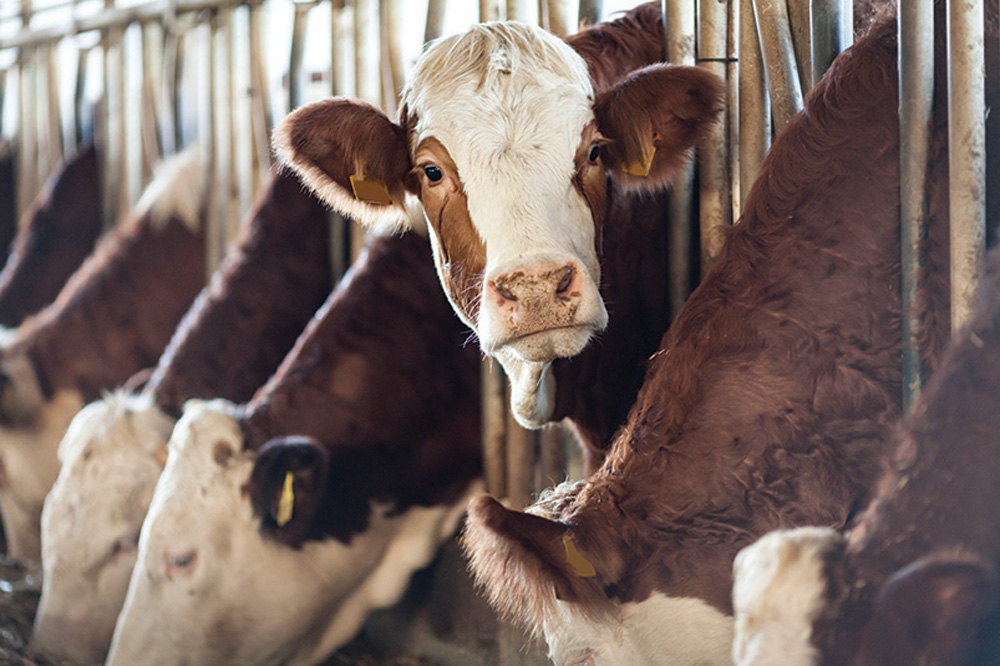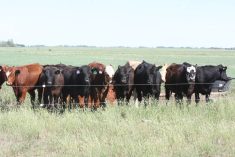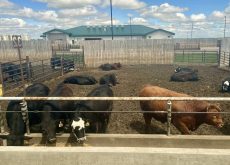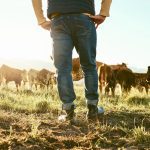The dates are seared in Dennis Laycraft’s brain.
May 20, 2003, when the first positive test of a cow with BSE was confirmed; Aug. 10, 2003, when the U.S. and Mexico restored import access for Canadian boneless beef from animals under 30 months of age; July 14, 2005, when the U.S. reopened full access for Canadian beef, both live and processed.
Two decades on, Laycraft also thinks about the longer-term impact of that fateful day when classic-variant bovine spongiform encephalopathy [BSE] was discovered in an Alberta cow.
Read Also

Linebreeding horses drives genetic bottlenecks
Too much linebreeding and prioritizing pedigree can narrow genetic diversity and lead to horse health problems in future generations.
“We basically almost lost a generation of beef producers,” the long-time executive vice-president of the Canadian Cattle Association said.
WHY IT MATTERS: From traceability to herd size and efficiency improvements, BSE changed many aspects of Canada’s beef business.
It reshaped the sector, Laycraft noted. He likened BSE’s effects to the oil sector’s boom-and-bust cycles of investment, loss and consolidation.
“Those farmers or ranchers with more equity ended up acquiring those with less equity who couldn’t weather the storm,” he said.
The number of beef herds with 200 head or fewer steeply contracted, and now a much greater proportion of western Canadian cattle herds number 1,000 or more.
Pasture, and particularly native grasslands, also took a huge hit.
Many tens of thousands of western Canadian acres were converted to cropland. The effects of that transformation on soil health and climate change mitigation are only now being explored.
Laycraft used the word “paralysis” on multiple occasions when recalling the events of 2003. He remembers May 20 very well. He was in Edmonton that day, attending a press conference with then Canadian Cattlemen’s Association president, the late Neil Jahnke (the organization rebranded as the Canadian Cattle Association in 2022).
He was on his way back to Calgary when he learned that former U.S. Agriculture Secretary Ann Veneman had told a media gathering that her government had full confidence in the Canadian beef supply.
Nonetheless, within hours, the U.S. border closed to Canadian cattle and beef. Canada decided to suspend export permits, which prompted almost all countries in the world to ban imports from Canada.
“There were a couple of fringe markets that stayed open and were there when export permits resumed, but they were not substantial importers of Canadian beef,” recalled Laycraft.
The impacts rippled through the sector. Processors cut back purchases. Producers had to implement strategies to keep cattle longer on farms. Any herd expansion halted.
At the time, knowledge about BSE was still developing. By 2014, countries in Europe were confident they had protocols in place to identify and contain BSE, so they called off further research into the disease.
Even by 2007, there was a strong level of confidence globally that if protocols were followed, the disease could be effectively contained. That year, the World Organization for Animal Health instituted a three-tiered system for each country’s risk for the disease. Canada was declared as a “controlled BSE risk” country, one where recommended international guidelines are obeyed, but which has had cases in domestic animals born in the last 11 years.
Numerous countries began discussions with Canada for resumed beef imports.
But back in 2003, Canada relied on established knowledge about animal disease containment and human food safety to implement a BSE strategy. Looking back, Laycraft noted how impressively that unfolded.
“It was by far the most comprehensive and transparent investigation of BSE that had ever been conducted anywhere in the world,” he said.
There was also a close working relationship with the U.S. counterpart to the Canadian Food Inspection Agency, and this set the stage for what now can be recognized as a surprisingly rapid resumption of trade in some products to the U.S. and Mexico.
Laycraft has high praise for supporters across Canada, both inside and outside the beef sector. He credited this support to the ability of the government and industry leaders to assure the Canadian public that biosecurity measures already in place before BSE had effectively contained its spread and that a strategy was being implemented after the discovery to ensure the food supply remained safe.
“You started to see barbecues from one end of the country to the other,” he recalled. “By Father’s Day [in 2003], we actually had a shortage of beef because Canadians were so eager to help the farmers.”
By July 2003, year-over-year beef consumption in Canada had jumped by 70 per cent, a stark contrast to other countries that had BSE cases, some of which saw beef consumption plummet by as much as 90 per cent.
Processing began to ramp back up and, by 2005, was higher than two years earlier.
But other challenges came along. First, there was a strong loonie, which lowered returns for exports, and then high energy prices increased farm costs. Then came a recession in 2008, “a perfect storm decade” is what Laycraft calls it now.
“We were pretty happy to see 2010 come along and hopefully start out a new decade.”
Two months ago, Japan — the country’s second-largest export market — lifted the last of the restrictions it imposed 20 years ago when it reopened its doors to processed beef. It was a move Laycraft described as “kind of the last little piece that’s left in Japan.”
A few countries in the same region, including South Korea and Taiwan, have “relic restrictions,” but they apply to the U.S. as well as Canada and are more a testament to “the long time it can take for these things to work their way through the various steps to approval,” he said.
It also took until 2021 for Canada to make the World Organization for Animal Health’s list of “negligible risk” countries for BSE.
It has taken a long time, too, to tease out any silver lining from an event that devastated so many beef operations, but in retrospect, Laycraft said, there have been some.
“One thing we became was one of the most efficient cattle production areas in the world.”
Resources, both from government and from industry, were devoted to research and innovation into producing high-quality beef in a feed-efficient manner that could demand a premium price internationally.
“We became a leader in sustainability,” he said. “Survival tends to make that happen.”
In 2012, McDonald’s restaurant chain picked Canada for its global pilot project into sustainably raised beef, a move that made the country a leader on that front, he noted.















